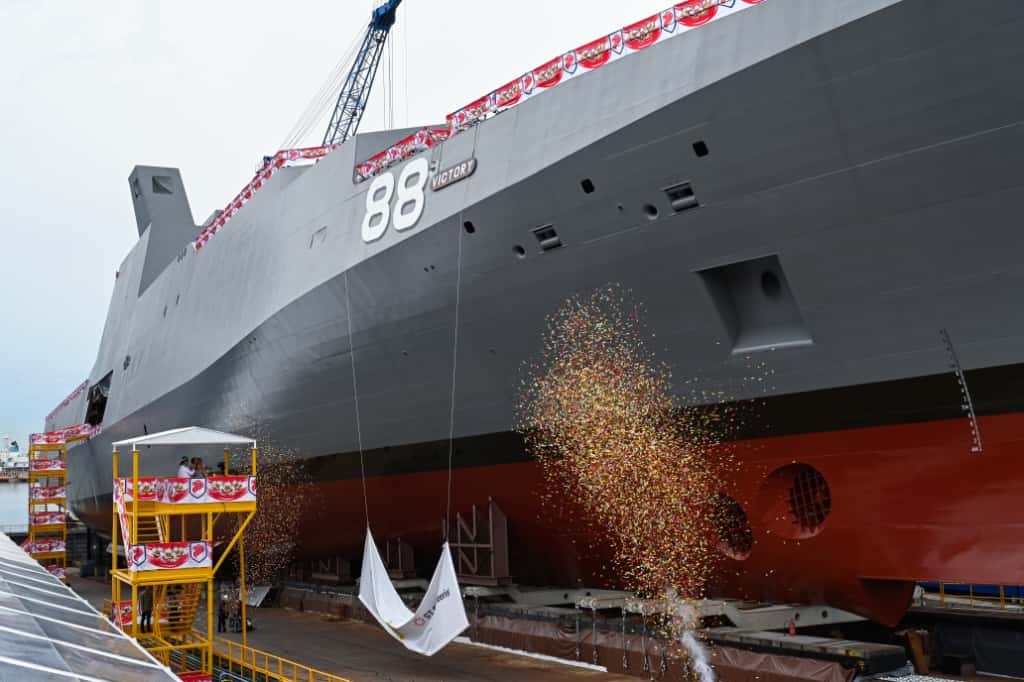MILESTONES
8 THINGS YOU DIDN’T KNOW ABOUT THE RSAF
02 Sep 2019
IN COMMEMORATION OF THE REPUBLIC OF SINGAPORE AIR FORCE'S (RSAF'S) 51ST BIRTHDAY ON 1 SEPTEMBER, HERE'S A LIST OF FUN FACTS YOU MIGHT NOT KNOW ABOUT THE DEFENDERS OF OUR SKIES.

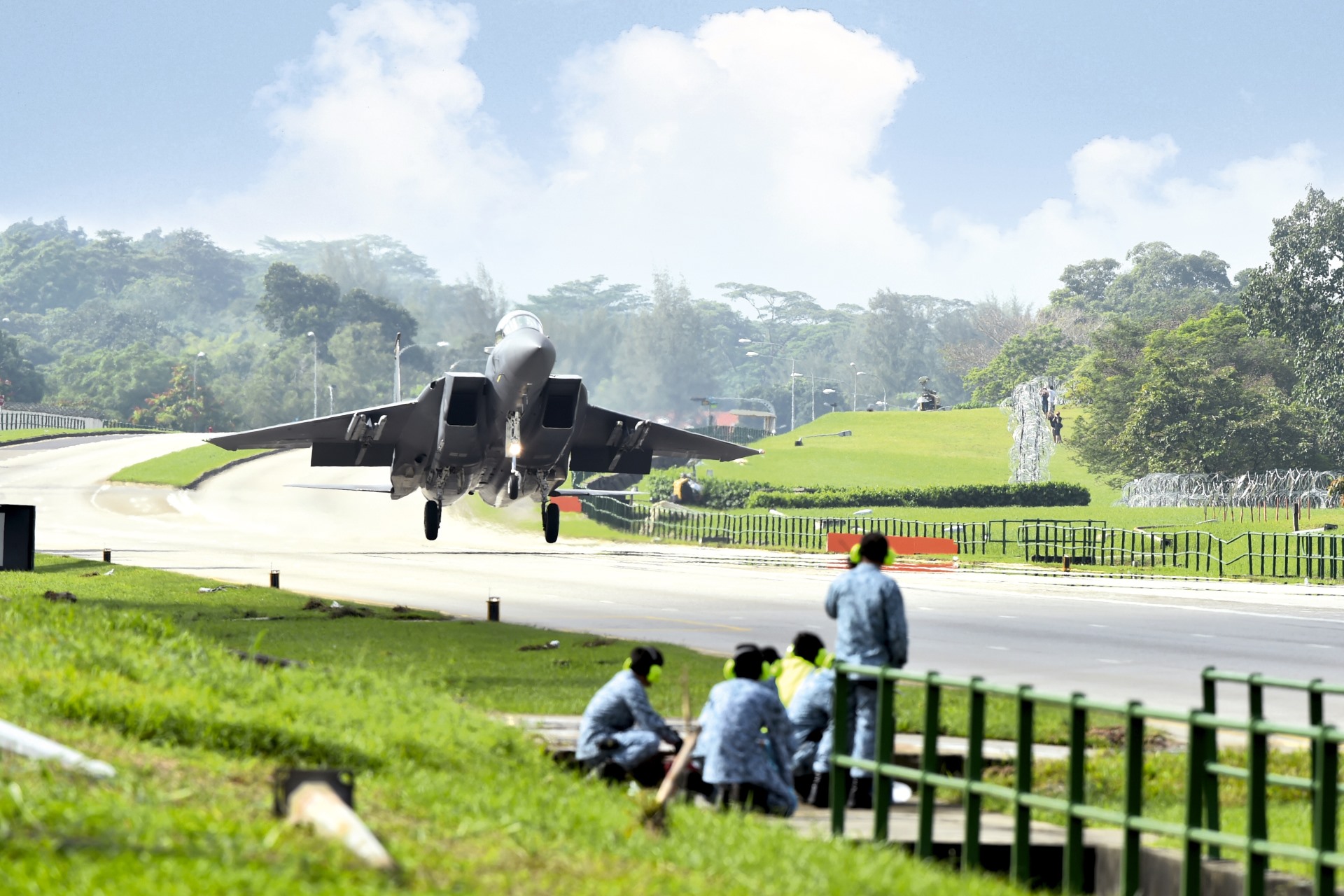
1) The RSAF's planes can take off and land on an alternate runway.
Exercise Torrent converts a stretch of Lim Chu Kang Road into an alternative runway for the RSAF to enhance its operational readiness and exercise its launch and recovery capabilities from a public road.
Landing on a public road requires pilots to fly with even greater precision.
Lim Chu Kang Road is only 24m wide – significantly narrower than, for instance, the 46m-wide runway in Tengah Air Base. The 2.5km-long road takes about 48 hours to be converted into an improvised airstrip.
Public road fixtures such as lamp posts, traffic lights, bus stops, road signs and guard rails are removed with assistance from agencies such as the Land Transport Authority of Singapore, while airfield equipment such as a mobile air traffic control tower, mobile arrestor gear and solar portable airfield lights are set up so that the road can be used as an operational runway.
During the most recent exercise in 2016, more than 100 RSAF personnel were involved, with F-15SG fighter jets taking part for the first time.
2) Singapore had its first female military pilot in 1979
Lieutenant Colonel (Ret) Koh Chai Hong made history as the first woman to qualify as an RSAF pilot in 1979. She flew the C-130 Hercules transport aircraft, as well as the Marchetti SF260 and Marchetti S211 jet trainers.
She also made news as the first female Commanding Officer of the Standards Squadron in Flying Training School in 1998. Today, the 60-year-old is supporting the RSAF's Basic Wings Course in Pearce, Australia as a simulator instructor for Lockheed Martin.
Since then, other women have followed in this trailblazer's footsteps, such as G550 Airborne Early Warning aircraft pilot LTC Lynn Lee, F-15SG pilot Major (MAJ) Nah Jinping and Sikorsky S-70B Seahawk Naval Helicopter pilot MAJ Lou Yang.

3) The Black Knights used to be the Osprey Reds.
Formed in 1973, the RSAF's first aerobatic team – the Osprey Reds – started with four founding members. The name was inspired by their squadron's call sign, the Osprey.
When two more members from another squadron joined them a year later, the team wanted a name that was more representative. Inspired by the manoeuvrability of the knight piece in the game of chess, they were renamed the Black Knights a year later – and the rest was history.
Among the pioneers was team leader Colonel (Ret) Frank Singam, who was also one of Singapore's first fighter pilots.
Over the years, the Black Knights have progressed from flying the Hawker Hunters in the 70s, to the F-5E Tiger IIs in the 80s, to the A-4SU Super Skyhawks in the 90s. Since 2008, they have been performing in the F-16Cs.
Fun fact: The Black Knights are part of the insignia of Tengah Air Base, home of the aerobatic team.
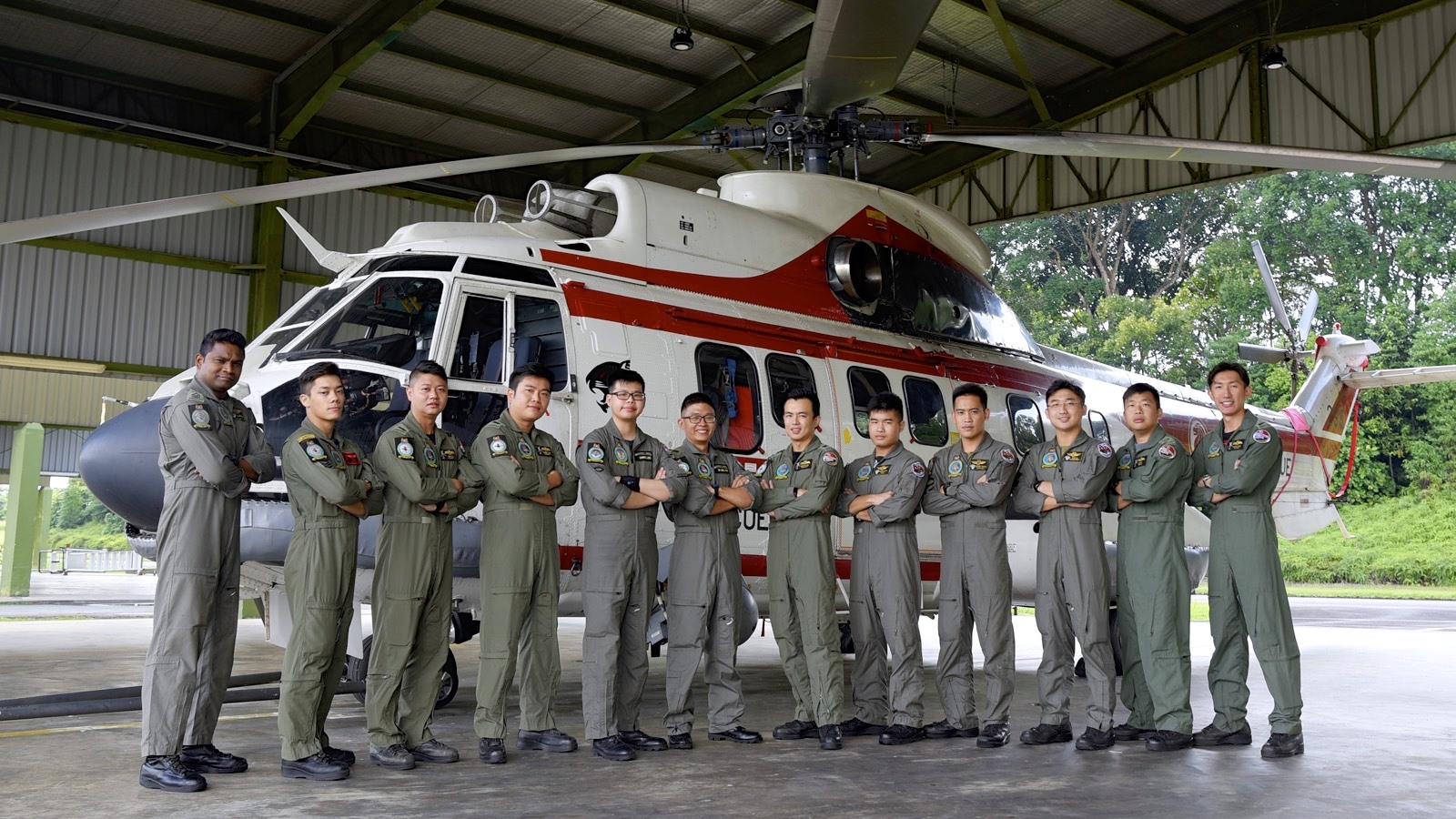
4) They have a search-and-rescue team on 24/7 standby called Rescue 10.
First, the name is pronounced "Rescue one-zero" instead of "Rescue ten".
The crew usually consists of a pilot; co-pilot; winch operator; winchman; doctor and a medic. When activated, they fly on one of three red-and-white Super Puma helicopters to rescue the casualty.
Some of the team's more prominent rescue missions include the USS John McCain collision incident in August 2017 and more recently, a Singaporean who was adrift at sea for three days in May this year.

5) A pilot has to literally earn his or her call sign.
Not everyone has a cool call sign like “Maverick” or “Ice Man” from Top Gun. It's often a clever derivative of the airman's personality traits, physical appearance, personal interest or given name.
The honour of picking a call sign is usually given to a pilot's commanders and colleagues – fun for the colleagues, not so exciting for the pilot, especially since the name sticks with the pilot throughout his or her career.
So if you're a budding pilot and want a name of your choice, it's probably a good idea to sound out your work buddies before they bestow your call sign.
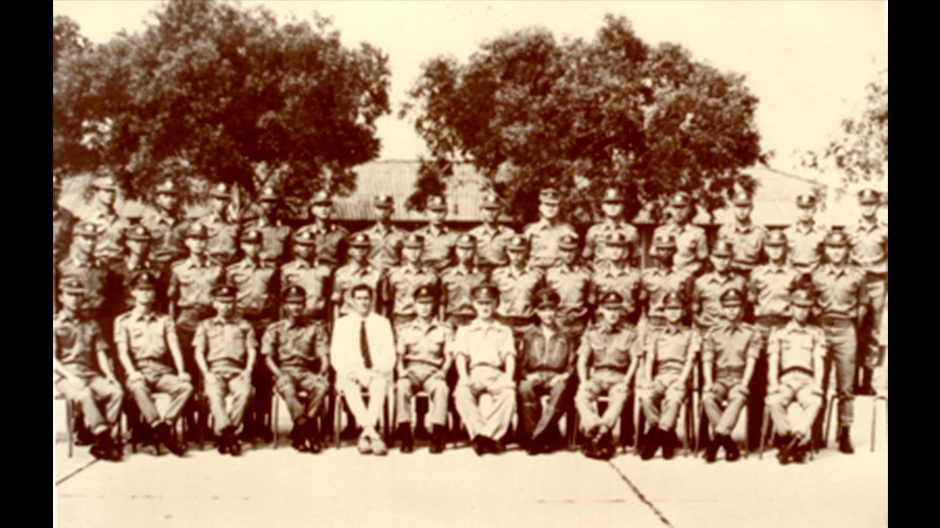
6) The RSAF used to be called the Singapore Air Defence Command, or SADC.
Formed in September 1968, the SADC was run by a General Staff department in the Ministry of Defence (MINDEF) that managed the Singapore Armed Forces' (SAF's) land, sea and air elements. During the SADC years, the pioneer airmen and women operationalised assets such as the Alouette III helicopter, Oerlikon 35mm anti-aircraft gun, Bloodhound missiles and Hawker Hunter jet aircraft – the RSAF's first fighter aircraft.
The SADC was officially inaugurated as the RSAF on 1 April 1975.
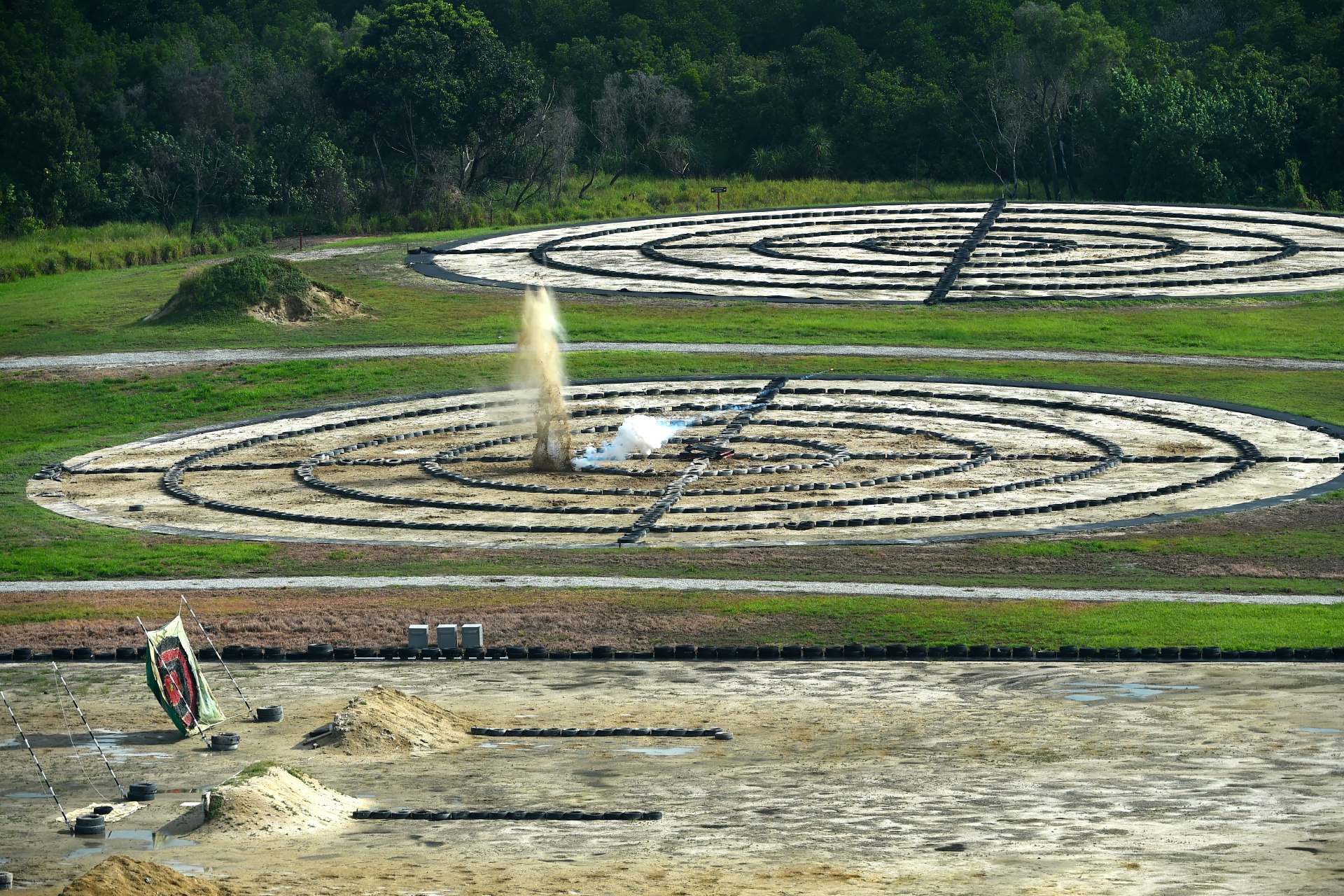
7) Pulau Pawai is used for RSAF live-firing exercises.
Wait, Pulau what? Known as the Alligator Island during colonial times, Pulau Pawai is one of three islands (the other two are Pulau Sudong and Pulau Senang) owned by the SAF for live-firing exercises.
Used mainly as a practice range, the island allows the RSAF aircrew to hone their basic weaponry skills. The training activities conducted include the use of practice bombs and strafing of ground targets using aircraft-mounted cannons.
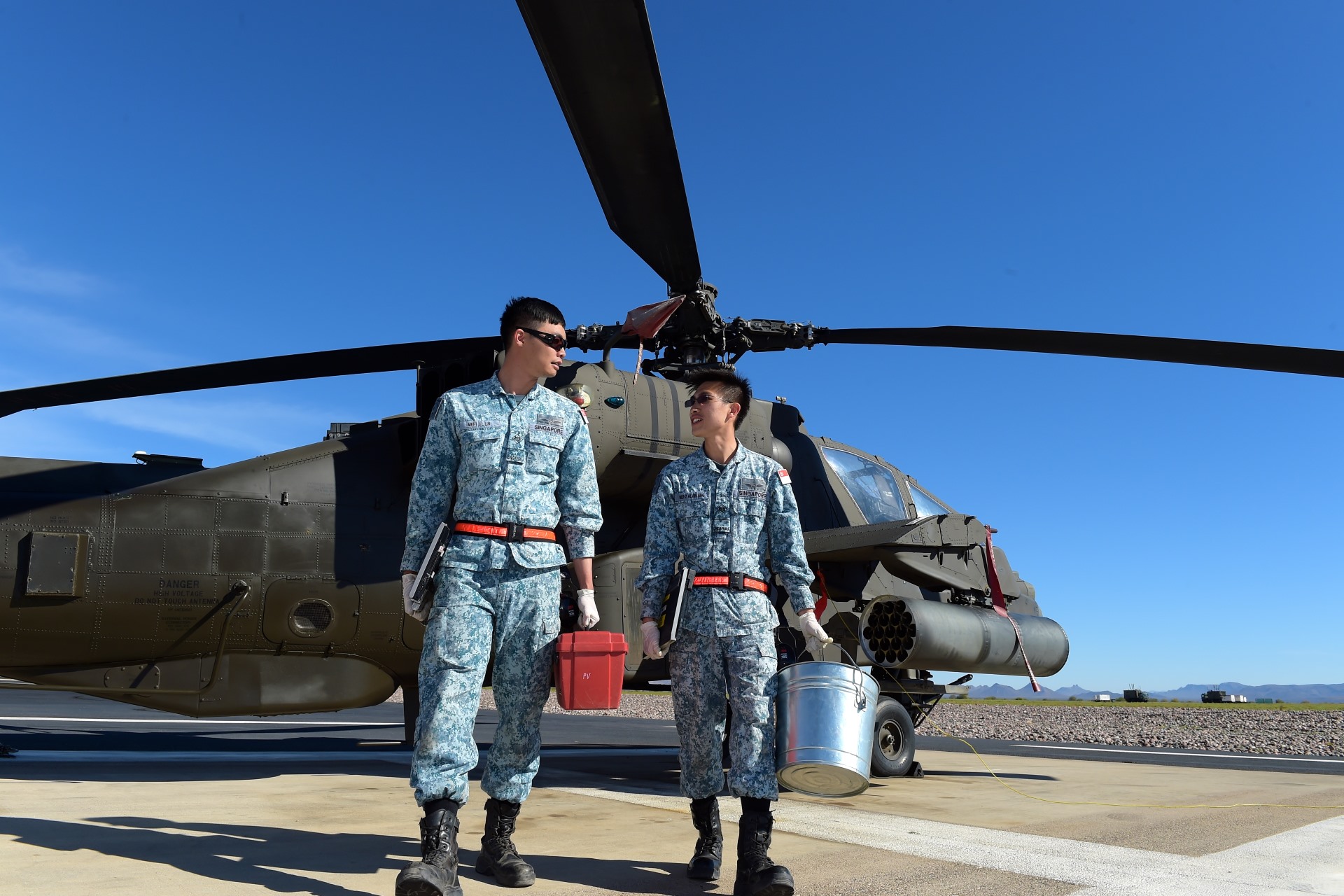
8) The RSAF has its own lingo!
As with each Service, air men and women have their own unique brand of "SAF speak". Here are some of them!
- "I've got your six" means "I've got your back".
- When used in a sentence: "Don't worry about it, I've got your six."
- "Stack" means "knock off work"
- When used in a sentence: "Everyone is cleared to stack unless you have immediate issues to follow up for today."
- "Rolex" means "a time adjustment in minutes with reference to the original execution time [Plus (+) means later, minus (-) means earlier]"
- When used in a sentence: "I don't think this meeting will end on time. For sports later, let's rolex + 30 minutes."
- Posit means "request for position"
- When used in a sentence: "I've reached the venue but I still don't see you there. Check posit."
ALSO READ IN MILESTONES
-dsc_2181.jpg?sfvrsn=cf9c6464_2)
What you need to know about the new CMPB
14 Oct 2025
The new Central Manpower Base (CMPB) at Bukit Gombak officially opened its doors on 14 Oct, welcoming pre-enlistees, servicemen and the public alike to a state-of-the-art, one-stop hub for all things National Service (NS).
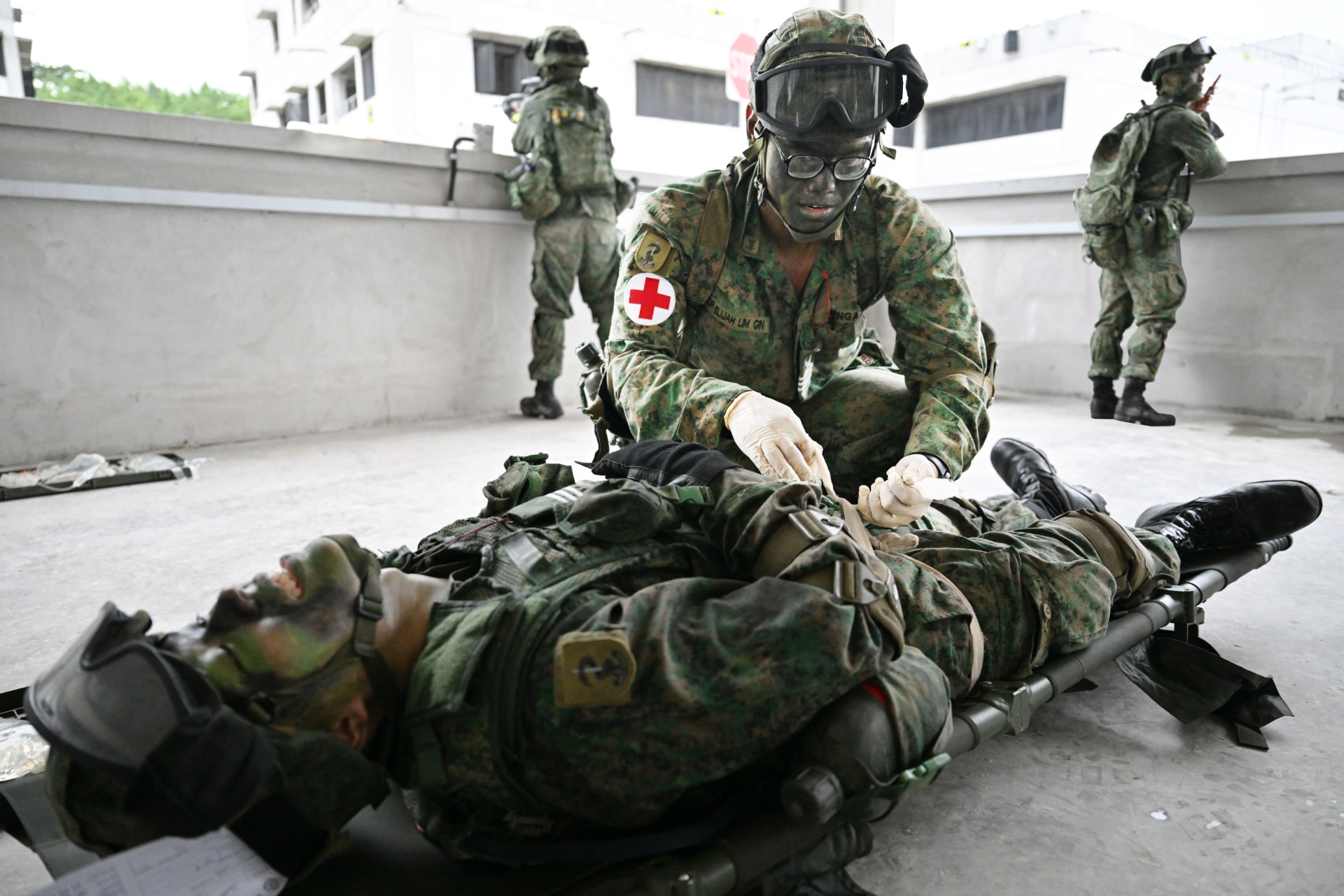
What it takes to become a medical officer
07 Oct 2025
This October, we celebrate the 100th batch of graduates from the Medical Officer Cadet Course. What does it take to become a military doctor? We uncover the highlights!
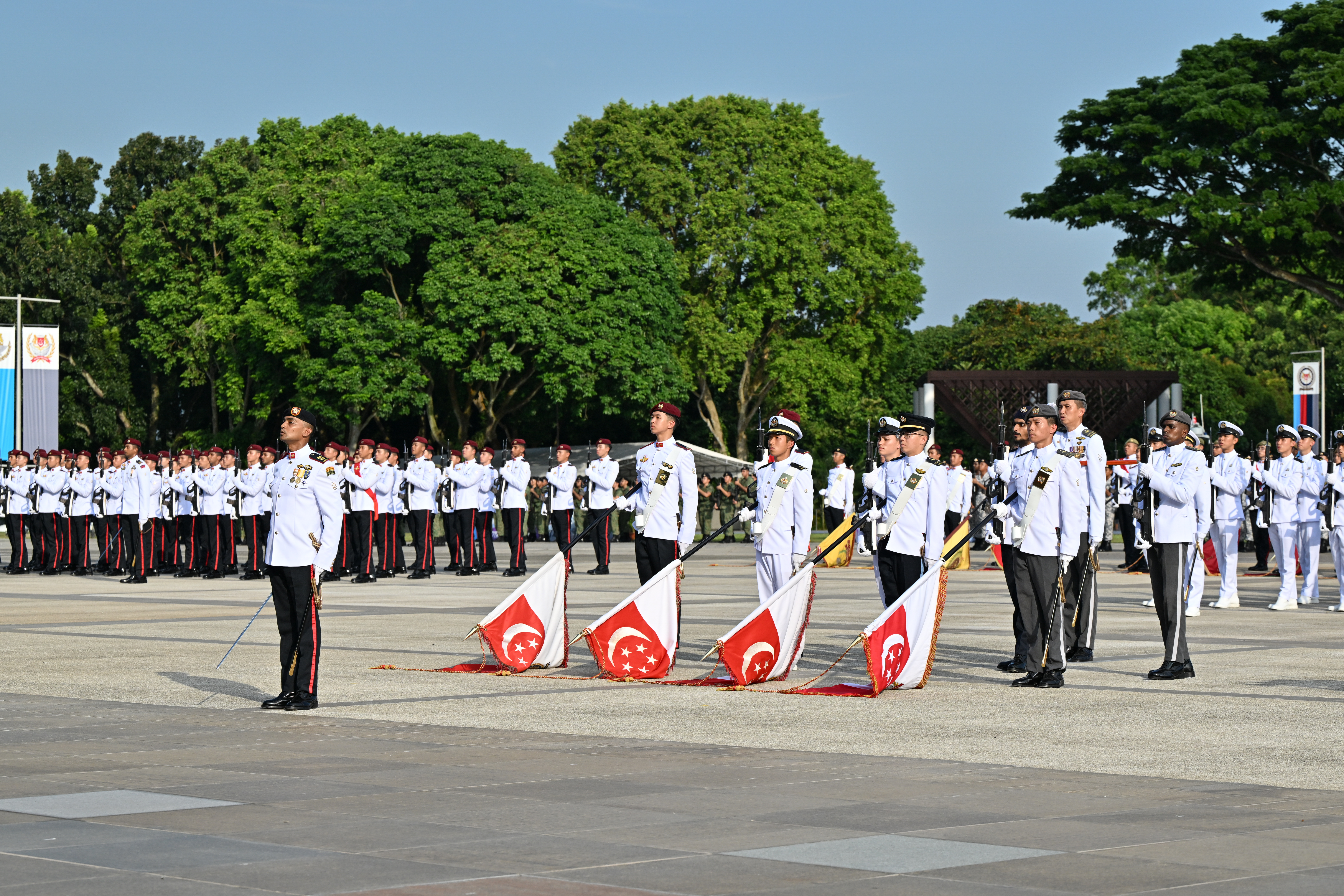
60 years on, their commitment remains strong
01 Jul 2025
The SAF celebrated its 60th anniversary on 1 Jul with a special SAF Day Parade and Combined Rededication Ceremonies across Singapore.


